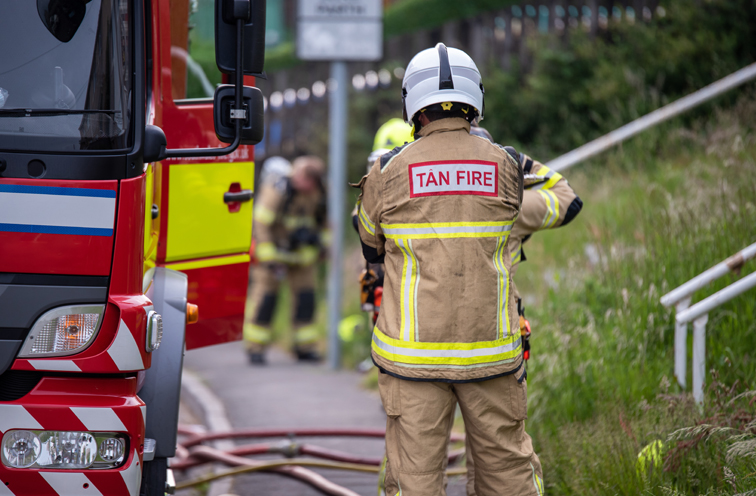For Alarm Receiving Centres (ARCs) and responsible people
As a responsible person/s, you are required under Article 17 of the Regulatory Reform (Fire Safety) Order 2005 to maintain the facilities and equipment provided.
How does this change my fire safety arrangements?
You need to make arrangements to be able to differentiate between AFAs that are false alarms and those that are confirmed fires. SWFRS will only send a response to confirmed fires in some building types during daytime hours if a fire is confirmed or the premises is exempt from this policy.
If your premises is exempt, then you must ensure that the person responsible for calling SWFRS via 999 in the event of a fire is aware of the exemption and can relay that information to us in that call.
Please note that all AFA calls to fire in specific building types during daytime hours will be subject to consideration before any emergency response is made, so please ensure the advice above is clearly understood by your call operators, and do not assume any exemptions.
Will I still get a response? What do I have to do differently?
Some premises will not receive a response to AFAs from us during daytime hours. SWFRS will only send a response to AFAs in specific buildings during daytime hours if a fire is confirmed or the premises is exempt from this policy (link to list).
Please note that all AFA calls to fire in certain buildings between the hours of 08:00 and 17:59 will be subject to consideration before any emergency response is made, so please ensure the advice above is clearly understood by your call operators and do not assume any exemptions.

Is the Fire Service giving training to businesses and responsible person/s (RPs)?
No, the responsibility of staff training for commercial premises does not fall under the remit of South Wales Fire and Rescue Service. If you own, manage, or operate a business, you need to comply with fire safety law. The main law is the Regulatory Reform (Fire Safety) Order 2005 or “the Fire Safety Order”. It applies across England and Wales and came into force on 1 October 2006. As part of your responsibilities under the Order, you need to make sure your employees are provided with adequate fire safety training.
What if my fire risk assessment does not cover this change?
All existing fire risk assessments and general fire precaution arrangements for your premises should be on the basis of evacuation without the need for intervention by the fire and rescue service.
If I have multi-sensor detectors installed in my building/s would this remove the need for the 999 calls in relation to AFAs? And would this mean automatic attendance by SWFRS, as it would be treated as a confirmed fire?
You need to make arrangements to be able to differentiate between AFAs that are false alarms and those that are confirmed fires. SWFRS will only send a response to confirmed fires in specific buildings during daytime hours if a fire is confirmed or the premises are exempt from this policy.
If your premises has multiple sensors actuating, then ensure the person responsible for calling SWFRS via 999 in the event of a fire relays that information to in that call.
Please note that all AFA calls to fire in certain buildings in daytime hours, will be subject to consideration before any emergency response is made, so please ensure the advice above is clearly understood by your call operators and do not assume any automatic response.
Can alarm receiving centres identify the device which has actuated, or are most only able to report a general fire alarm signal?
These arrangements are many and varied, so there is no single answer.
Responsible person/s need to make arrangements to ensure alarm receiving centres will be able to differentiate between AFAs that are false alarms and those that are confirmed fires. SWFRS will only send a response to confirmed fires in certain buildings during daytime hours if a fire is confirmed or the premises are exempt from this policy.
Further information and recommendations on the management of fire detection and alarm systems in the workplace is available here.